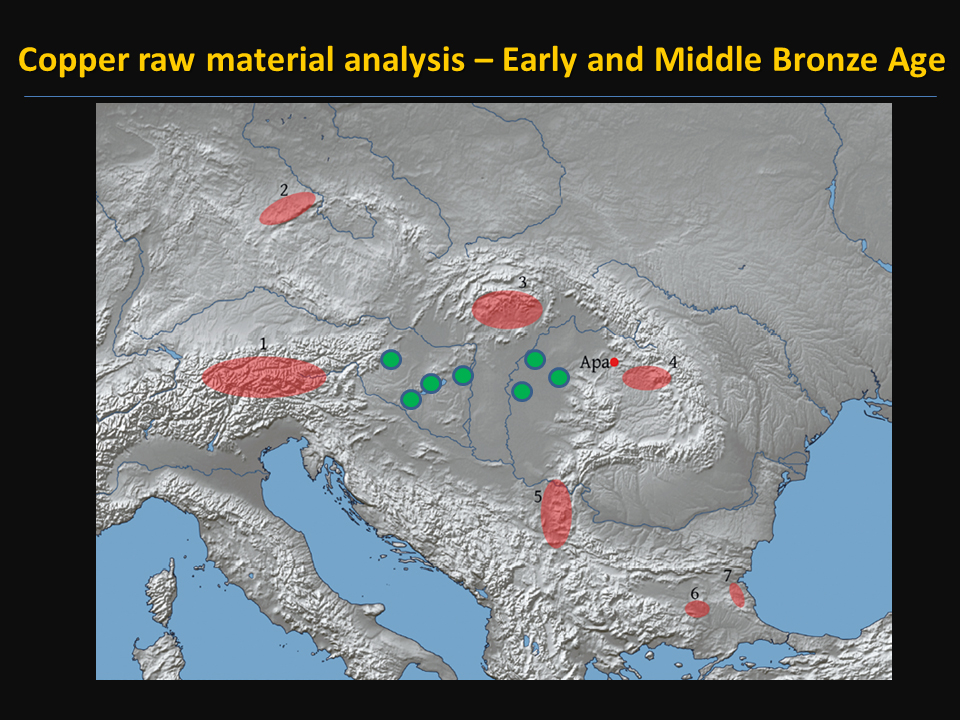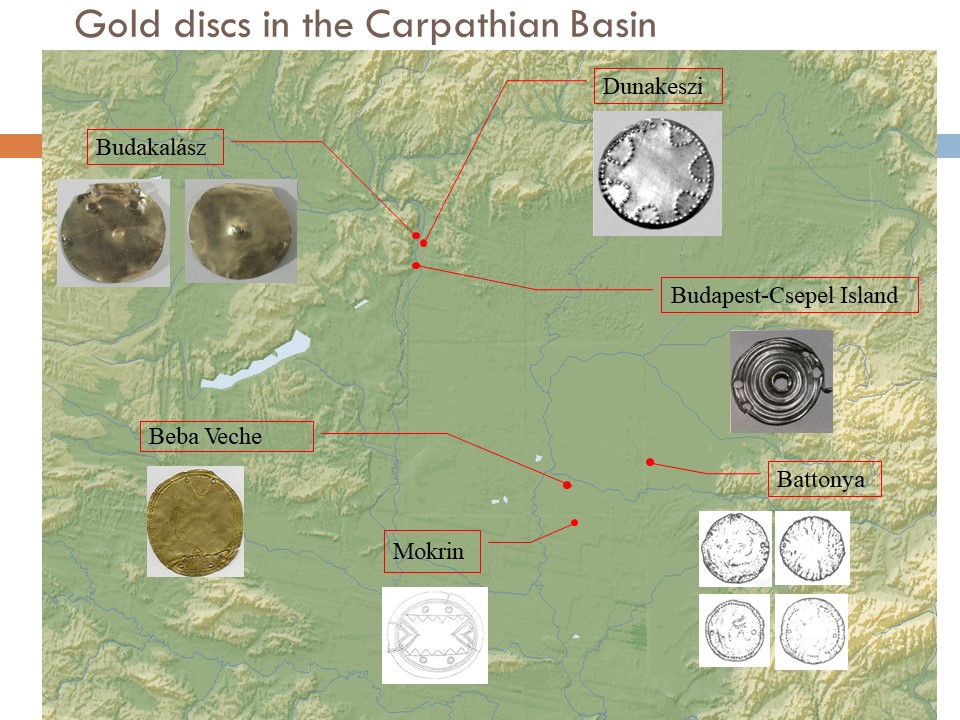International conference on Bronze Age exchange networks in Târgu Jiu
From 4th to 7th October 2017, an international conference titled Local consumption and assimilation of foreign goods in the European Bronze Age was organized in the cooperation of the Vasile Pârvan Institute of Archeology in Bucharest, the Alexandru Ştefulescu Museum in Gorj County (Târgu Jiu), the Römisch-Germanische Commission (Frankfurt) and the Department of Prehistory, Protohistory and Near Eastern Archaeology of the Heidelberg University. Organizers: Bianka Nessel, Heidelberg; Claes Uhnér, Frankfurt; Radu Băjenaru, Bucharest; Dumitru Hortopan, Târgu Jiu.
The 15 lectures at the conference encompassed a variety of topics from the exchange of numerous products and raw materials (bronze swords, textiles, amber, salt and gold) to Bronze Age gold mining, Early Bronze Age jewelry representing sun symbols and potential trading routes. The diversity of the presented themes reflects well the various aspects of examining the relationships of the era.
Our research group was represented by a multi-author lecture, in which we presented the most recent results of metal analysis of axes, daggers and jewels from 7 archeological sites of the Western and Eastern Hungary, dated between 2800 and 1500 BC.

Viktória Kiss, András Czene, Marietta Csányi, János Dani, Tamás Hajdu, Zsolt Kasztovszky, György Káli, Zoltán Kis, Kitti Köhler, Gabriella Kulcsár, István Major, Boglárka Maróti, Mihály Molnár, Judit Regenye, Géza Szabó, Marcella Nagy, Ernst Pernicka
Contributions to trade patterns in Early and Middle Bronze Age Hungary
The presentation focuses on the research questions of Early and Middle Bronze Age metallurgy based on recent raw material and lead isotope studies of Bronze Age copper and bronze finds from Hungary. Until now lead isotope data concerning this region were available only from nine artefacts of the famous Hajdúsámson and Téglás hoards.
Recently 22 metal objects from western and eastern Hungary were analysed for their elemental composition and lead isotope ratios, in cooperation with the Momentum Mobility Research Group of the Hungarian Academy of Sciences and the Curt-Engelhorn-Zentrum Archäometrie gGmbH, Mannheim. The results reveal an insight into the raw material supply and management of the Early and Middle Bronze Age communities living in the central area of the Carpathian Basin.
Based on jewel types analyzed in his recent PhD dissertation, Vajk Szeverényi gave a lecture on the corresponding jewels of the Bronze Age elite from the British Isles to present-day Syria.

Vajk Szeverényi
Ornaments, interregional interaction and identity in the second half of the third millennium BC in the Carpathian Basin
Interregional interaction was of fundamental importance for Early Bronze Age communities in the Carpathian Basin, since it provided new ideas, materials and objects for local consumption. Among the innovations that reached the area around the middle and in the second half of the third millennium BC – mainly from the southeast (Balkans, Eastern Mediterranean) – certain types of jewellery and ornaments play an especially significant role. In this paper, I will review important connections indicated by composite headgears, ingot torques, “Cypriot” pins, bone tubes and spacer plates. These show that the Eastern Mediterranean had an important impact on Central Europe with respect to new dressing codes, the use of wool textiles, composite necklaces and jewellery, and possibly the use of special cosmetics as well.
The conference program and the abstracts of the lectures can be downloaded from here.








